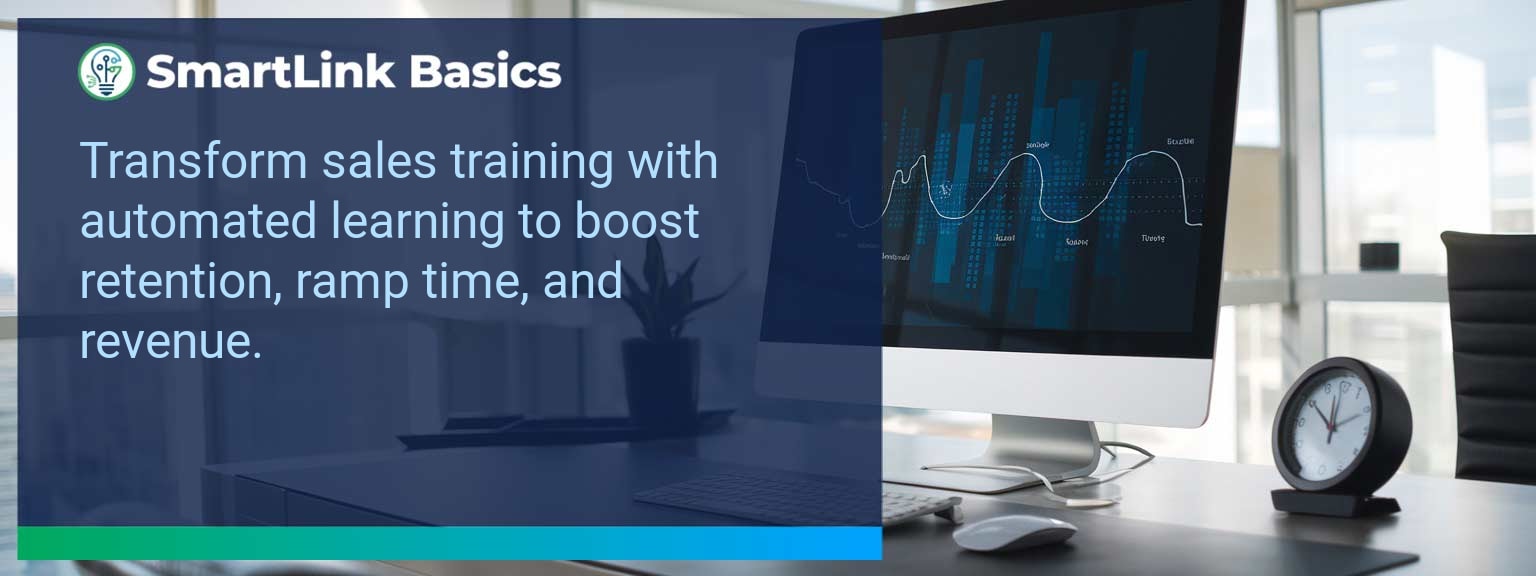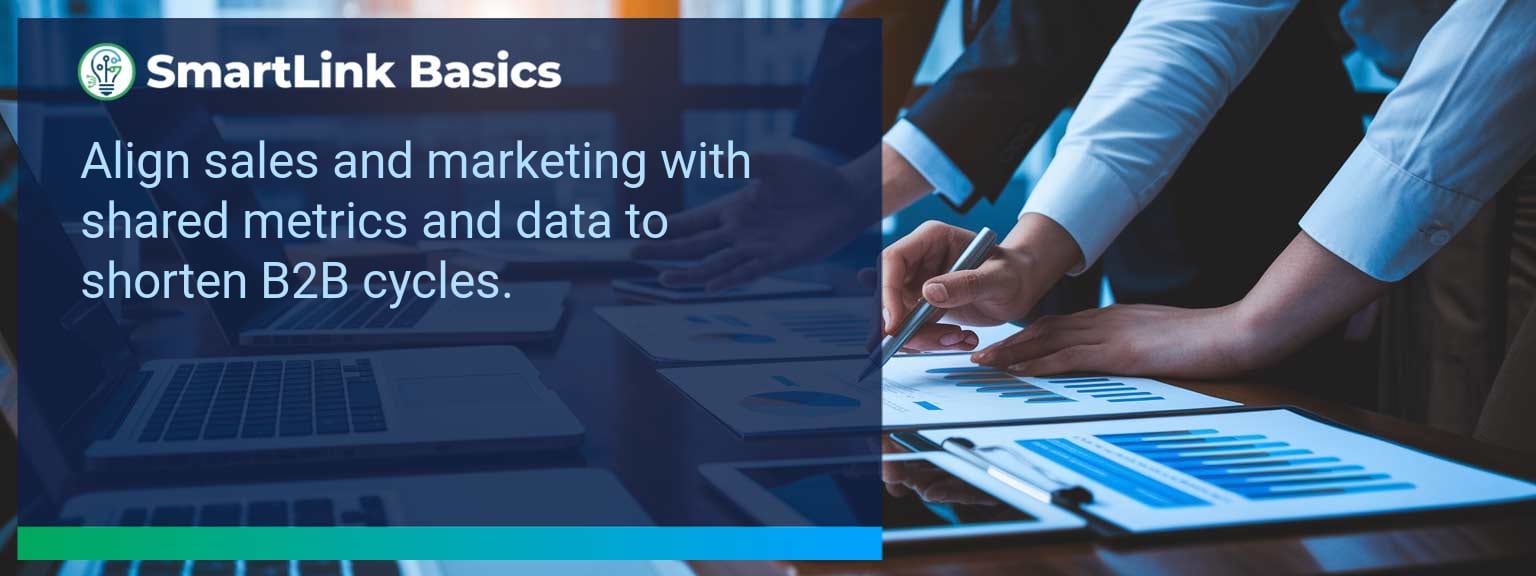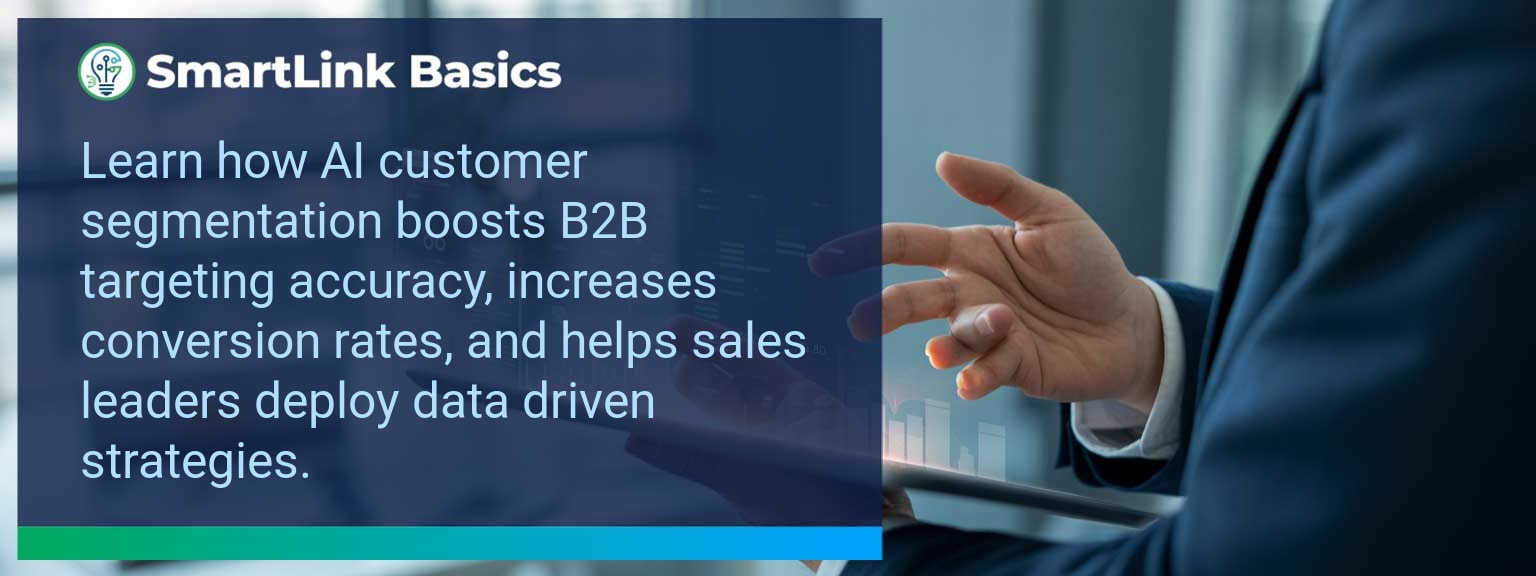Technology investment is now a decisive factor in determining market leaders. McKinsey research indicates that companies integrating advanced tools across operations grow revenue up to five times faster than peers. At SmartLink Basics, we see sales leaders using technology in business not just to automate tasks, but to build resilient, high-performing revenue systems. Leveraging Technology effectively in sales and operations has shifted from an optional edge to a survival requirement in AI-driven markets. In this article, you will see how to identify growth barriers, apply an innovation strategy, execute implementation, and prepare for ongoing digital transformation to win in your category.
- Diagnose growth barriers before deploying new technology
- Design a revenue operating system aligned with market shifts
- Prioritize technology that increases decision speed and precision
- Integrate innovation into daily sales and service processes
- Build a continuous improvement culture for sustained advantage
What Changed And Why Leveraging Technology Matters Now
The speed of industry disruption has shortened product cycles and intensified competitive pressure. Technology in business is not limited to operational efficiency; it is the mechanism by which sales teams gain actionable insights before competitors. The AI era rewards organizations that can pivot rapidly through real-time data analysis and automated workflows. For example, a B2B SaaS firm that embeds predictive analytics into account planning can identify expansion opportunities months ahead of traditional reviews. Decision-makers should focus on technology adoption that directly ties to revenue timing, conversion, or retention.Redesign The Revenue Operating System With Leveraging Technology
A modern revenue operating system aligns strategy, tools, and execution. Leveraging Technology effectively requires redesigning four interdependent components: ICP, Segmentation, and Targeting Define your Ideal Customer Profile with AI-enhanced market data, segment accurately, and assign resources to the highest value pools. Example: Using machine learning, a manufacturer identified an overlooked mid-market segment, unlocking a new $25M pipeline. Insight: Regularly refresh ICP data sources to prevent drift in targeting. Pipeline Architecture Structure stages to mirror actual customer decision behavior, supported by automated qualification checks. Example: A logistics company implemented AI scoring that cut sales cycle length by 21%. Insight: Align automation triggers with deal health indicators, not just stage names. Plays and Messaging Embed dynamic content personalization in outreach sequences, using behavioral cues from CRM and engagement tools. Example: Personalized industry-specific playbooks improved response rates by 32%. Insight: Maintain a content library that updates quarterly based on campaign analytics. Operating Cadence Use data dashboards for weekly execution reviews and quarterly strategy resets. Example: Video-based stand-ups linked to metrics reduced forecast variance by 15%. Insight: Tie cadence rituals directly to actionable performance metrics.Identifying Barriers To Sustainable Growth
Sustainable business growth often stalls due to unclear value delivery models, disconnected data, or rigid legacy systems. Without confronting these barriers, new tools risk becoming underutilized shelfware. For example, a global distributor purchased an advanced CRM but failed to integrate inventory data, resulting in misaligned sales promises. Insight: Conduct a barrier audit that maps current workflows, data flows, and decision pathways before initiating any technology deployment.Harnessing Innovation For Market Leadership
Innovation strategy extends beyond product R&D—sales process, customer engagement, and service delivery are equal arenas. Leveraging Technology here means embedding AI-driven recommendations into every customer interaction. A retail chain that added real-time upsell prompts at point-of-sale saw average order values climb 18% in eight weeks. Action: Pilot innovation in one high-impact workflow, measure results, then scale across teams to avoid diluting early gains.Achieving Success Through Strategic Implementation
Technology investment delivers ROI only when paired with disciplined rollout and user adoption. Establishing clear success metrics, training, and ongoing support ensures new systems integrate into daily behavior. For instance, a healthcare software provider phased its AI chatbot launch by customer tier, achieving 97% adoption in its top segment. Actionable point: Treat technology rollouts as change initiatives, complete with leadership sponsorship and reinforcement cycles.Preparing For Ongoing Technological Advancements
Markets will reward leaders who build adaptive capacity into their operations. Digital transformation is not a single event but a roadmap requiring continuous reassessment of market signals, capability gaps, and innovation opportunities. Example: A fintech firm embedded quarterly tech horizon scans, allowing it to pivot to blockchain-enabled services ahead of competitors. Action: Formalize a technology review board to evaluate, prioritize, and integrate advances systematically.Metrics That Matter
| Category | Metric | Definition | Target |
|---|---|---|---|
| Leading | AI-Driven Account Insights Utilization | % of opportunities influenced by AI-provided recommendations | 85%+ |
| Leading | Automation Adoption Rate | % of processes executed using new tech tools | 90%+ |
| Lagging | Revenue Growth | YoY change in top-line revenue from tech-enabled channels | +15%+ |
| Lagging | Customer Retention Rate | % of customers retained year over year | 90%+ |
| Quality | Tech Satisfaction Score | Average rating of new tools by frontline sales staff | ≥4.5/5 |
| Quality | Data Accuracy Index | % of CRM and analytics data verified as accurate | 98%+ |
Get the 90-day plan, coaching rubric, and dashboard template to operationalize AI in your enablement program.









